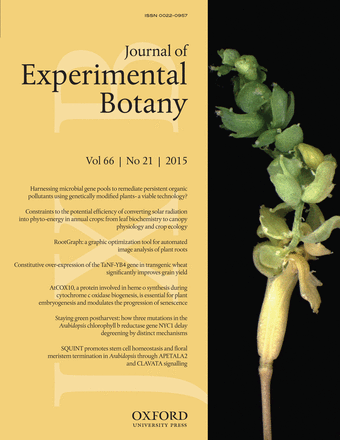- Submit a Protocol
- Receive Our Alerts
- Log in
- /
- Sign up
- My Bio Page
- Edit My Profile
- Change Password
- Log Out
- EN
- EN - English
- CN - 中文
- Protocols
- Articles and Issues
- For Authors
- About
- Become a Reviewer
- EN - English
- CN - 中文
- Home
- Protocols
- Articles and Issues
- For Authors
- About
- Become a Reviewer
Putrescine Biosynthesis Inhibition in Tomato by DFMA and DFMO Treatment
Published: Vol 6, Iss 21, Nov 5, 2016 DOI: 10.21769/BioProtoc.1987 Views: 8983
Reviewed by: Arsalan DaudiWenrong HeAnonymous reviewer(s)

Protocol Collections
Comprehensive collections of detailed, peer-reviewed protocols focusing on specific topics
Related protocols
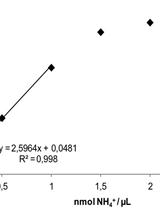
High-throughput Quantification of Ammonium Content in Arabidopsis
Izargi Vega-Mas [...] Daniel Marino
Aug 20, 2015 11457 Views
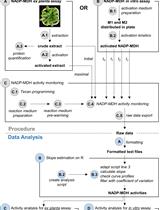
A Semi-throughput Procedure for Assaying Plant NADP-malate Dehydrogenase Activity Using a Plate Reader
Kevin Baudry and Emmanuelle Issakidis-Bourguet
Aug 20, 2023 1407 Views
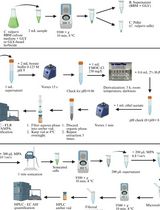
High-Performance Liquid Chromatography Quantification of Glyphosate, Aminomethylphosphonic Acid, and Ascorbate in Culture Medium and Microalgal Cells
Juan Manuel Ostera [...] Gabriela Malanga
Apr 5, 2025 1112 Views
Abstract
This protocol can be used to inhibit the biosynthesis of polyamines, specifically putrescine, in tomato plants grown with NH4+ as a solely N source. In general, polyamines are positively charged small metabolites implicated in physiological processes, including organogenesis, embryogenesis, floral initiation and development, leaf senescence, pollen tube growth, fruit development and ripening and participate in the response to abiotic and biotic stresses (Tiburcio et al., 2014). Polyamines are synthesized from amino acids by decarboxylation of ornithine or arginine by ornithine decarboxylase (ODC) or arginine decarboxylase (ADC), respectively (Walters, 2003). Tomato plants grown with NH4+ as the sole N source presented an increase of putrescine content in leaves (Fernández-Crespo et al., 2015). To assess the importance of putrescine accumulation, DL-α-(Difluoromethyl)arginine (DFMA) and DL-α-(Difluoromethyl)ornithine (DFMO), inhibitors of putrescine synthesis, were used as irreversible inhibitors of ADC and ODC enzymes, respectively (Fallon and Phillips, 1988), with the purpose of reducing cellular putrescine accumulation induced by NH4+ nutrition.
The inhibitor solution containing 2 mM DFMA and 5 mM DFMO was applied directly to each pot during the week prior to sample collection. Putrescine content was reduced by 35.3% in tomato plants grown with NH4+.
Background
The application of the inhibitors DFMA and DFMO was normally performed in MS medium and in vitro assays (Perez-Amador et al., 2002; Stes et al., 2011). However, we needed to test effectiveness of these inhibitors in vivo with the purpose to maintain natural growth conditions. Moschou et al. (2008) demonstrated the inhibition effect of DFMA and DFMO when applied in hydroponic cultures at 0.1 mM and 1 mM respectively. In this work, we used similar approaches with some modifications: the hydroponic culture was changed by vermiculite growing medium and the concentration applied for the inhibitors was modified.
Materials and Reagents
- Tomato seeds (Solanum lycopersicum Mill. cv. Ailsa Craig)
- Vermiculite (Asfaltex SA, TERMITA®)
- Potassium hydroxide (KOH) (Scharlab, catalog number: PO0275 )
- Potassium sulfate (K2SO4) (Scharlab, catalog number: PO0365 )
- Ortho-Phosphoric acid (H3PO4) (Scharlab, catalog number: AC1100 )
- Ammonium sulfate [(NH4)2SO4] (Avantor Performance Materials, J.T.Baker, catalog number: 4628 )
- Calcium sulfate dihydrate (CaSO4·2H2O) (Scharlab, catalog number: CA0285 )
- Magnesium sulfate heptahydrate (MgSO4·7H2O) (Scharlab, catalog number: MA0085 )
- Boric acid (H3BO3) (AppliChem, catalog number: 131015 )
- Manganese(II) sulfate monohydrate (MnSO4) (Scharlab, catalog number: MA0131 )
- Zinc sulfate heptahydrate (ZnSO4·7H2O) (Scharlab, catalog number: CI0207 )
- Copper(II) sulfate pentahydrate (CuSO4·5H2O) (Scharlab, catalog number: CO0101 )
- Molybdenum trioxide (MoO3) (Panreac, Vidrafoc, catalog number: 142791 )
- Sequestrene (Fe 6%) (Syngenta)
- 2-(N-Morpholino) ethanesulfonic acid sodium salt (MES sodium salt) (Sigma-Aldrich, catalog number: M3885 )
- DL-α-(Difluoromethyl)arginine (DFMA) (Santa Cruz Biotechnology, catalog number: sc-211368 )
- DL-α-(Difluoromethyl)ornithine hydrochloride (DFMO) (Santa Cruz Biotechnology, catalog number: sc-252762 )
- Distilled water
- Nutrient solution (see Recipes)
- Inhibitors mix (see Recipes)
Equipment
- Plant growth room (A.S.L Snijders)
- Pots (50 ml) (Pöppelmann, model: Serie TO )
- pH meter (HACH LANGE SPAIN, CRISON, model: GLP21 )
Software
- Statgraphics-plus software of Windows V.5 (Statistical Graphics Corp., Rockville, MD, USA)
Procedure
- Tomato growth conditions
- Tomato seeds (Solanum lycopersicum Mill. cv. Ailsa Craig) are germinated in pots (50 ml) with 100% vermiculite in a growth room under the following environmental conditions: light/dark cycle of 16/8 h, temperature of 24/18 °C, light intensity of 200 μmol m-2 s-1, and relative humidity of 60%.
- Seeds are irrigated twice a week with approximately 50 ml/pot of distilled water during 1 week.
- Seedlings are irrigated twice each week for 3 weeks with approximately 50 ml/pot of nutrient solution. N is supplied in the form of [(NH4)2SO4] 0.33 g/L.
- The pH of the nutrient solution is adjusted to 6.0 with 1 mM KOH.
- Tomato seeds (Solanum lycopersicum Mill. cv. Ailsa Craig) are germinated in pots (50 ml) with 100% vermiculite in a growth room under the following environmental conditions: light/dark cycle of 16/8 h, temperature of 24/18 °C, light intensity of 200 μmol m-2 s-1, and relative humidity of 60%.
- Application of inhibitor mix to tomato plants
- 20 uniform tomato plants grown as described above are divided into two groups (10 plants are not treated and 10 plants are treated with the inhibitor solution).
- 21-day-old tomato plants are treated with 2 ml of the inhibitor mix by soil drench (final concentration in each pot is DMFA 80 nM and DFMO 200 nM)
- 23-day-old tomato plants are treated with 4 ml of the inhibitor mix by soil drench (final concentration in each pot is DMFA 160 nM and DFMO 400 nM).
- 25-day-old and 27-day-old tomato plants are treated with 8 ml of the inhibitor mix (final concentration in each pot is DMFA 320 nM and DFMO 800 nM) (Figure 1). Inhibitors mix treatment does not produce changes in tomato growth (Figure 2).
- 24 h after the last treatment, the 3rd and 4th true leaves of treated or not treated tomato plants (Figure 3) are collected and stored at -80 °C.
- A pool of 10 plants is crushed in liquid N2 in a mortar and 0.2 g is further used for putrescine extraction.
- Three biological replicated are realized.
- 20 uniform tomato plants grown as described above are divided into two groups (10 plants are not treated and 10 plants are treated with the inhibitor solution).
- Putrescine quantification
- Putrescine quantification is realized following the protocol of Sanchez-Lopez et al. (2009) by ion pair LC coupled with electrospray tandem mass spectrometry.
- Putrescine content is expressed as the average of three independent experiments (Fernández-Crespo et al., 2015).
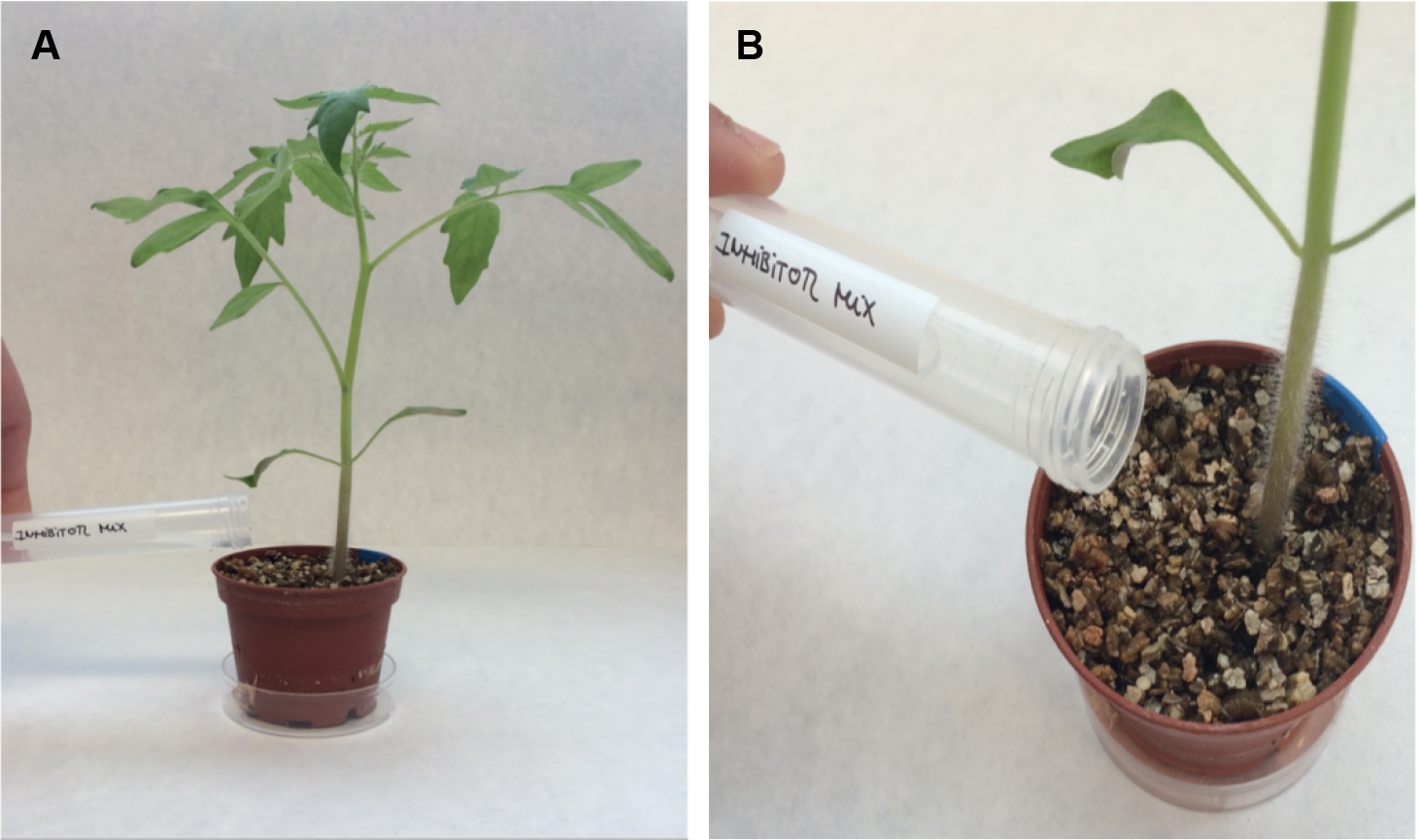
Figure 1. Application of inhibitor mix to tomato plants grown in vermiculite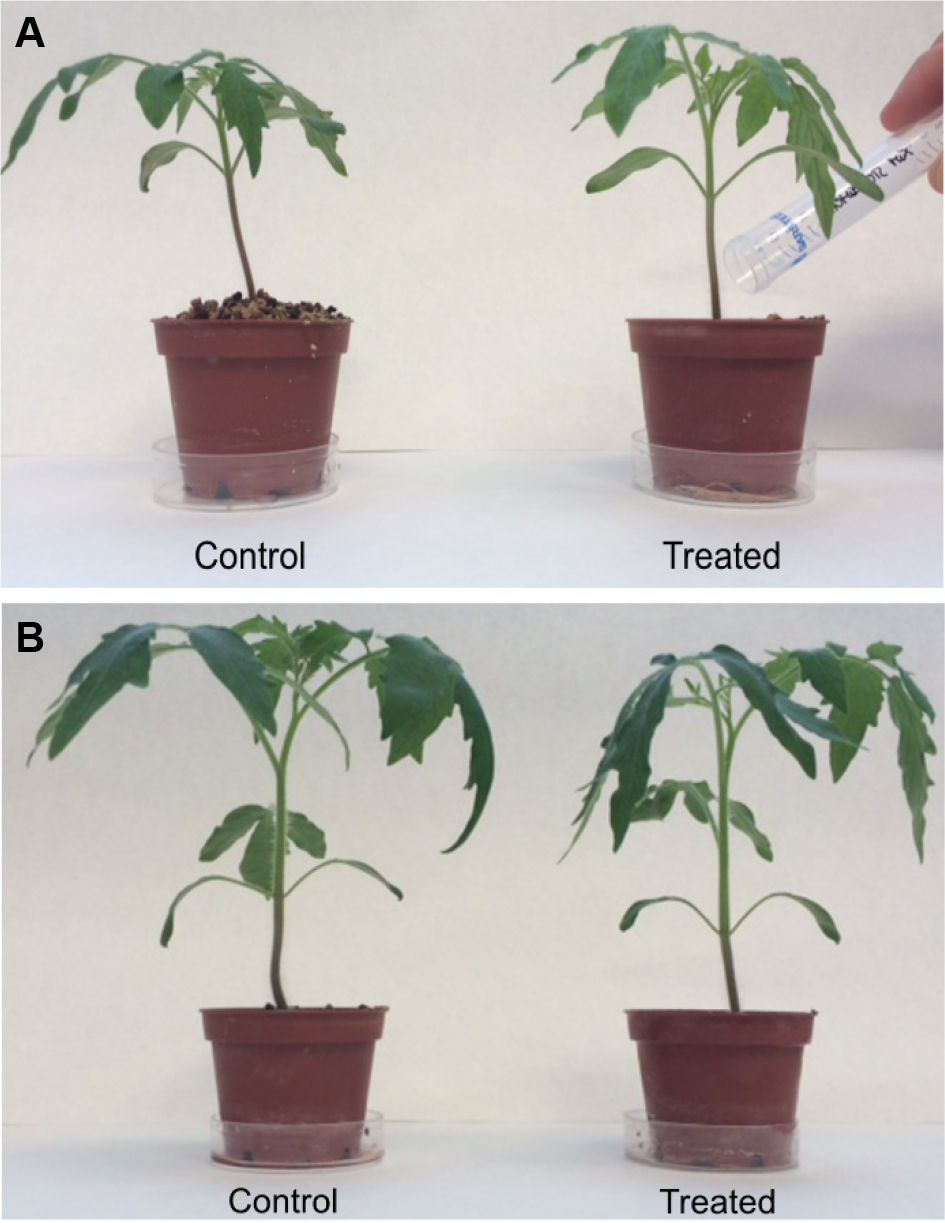
Figure 2. Tomato plants treated with inhibitor mix do not display changes in growth. A. Control and treated 21-day-old tomato plants; B. The same plants after one week of inhibitors treatment.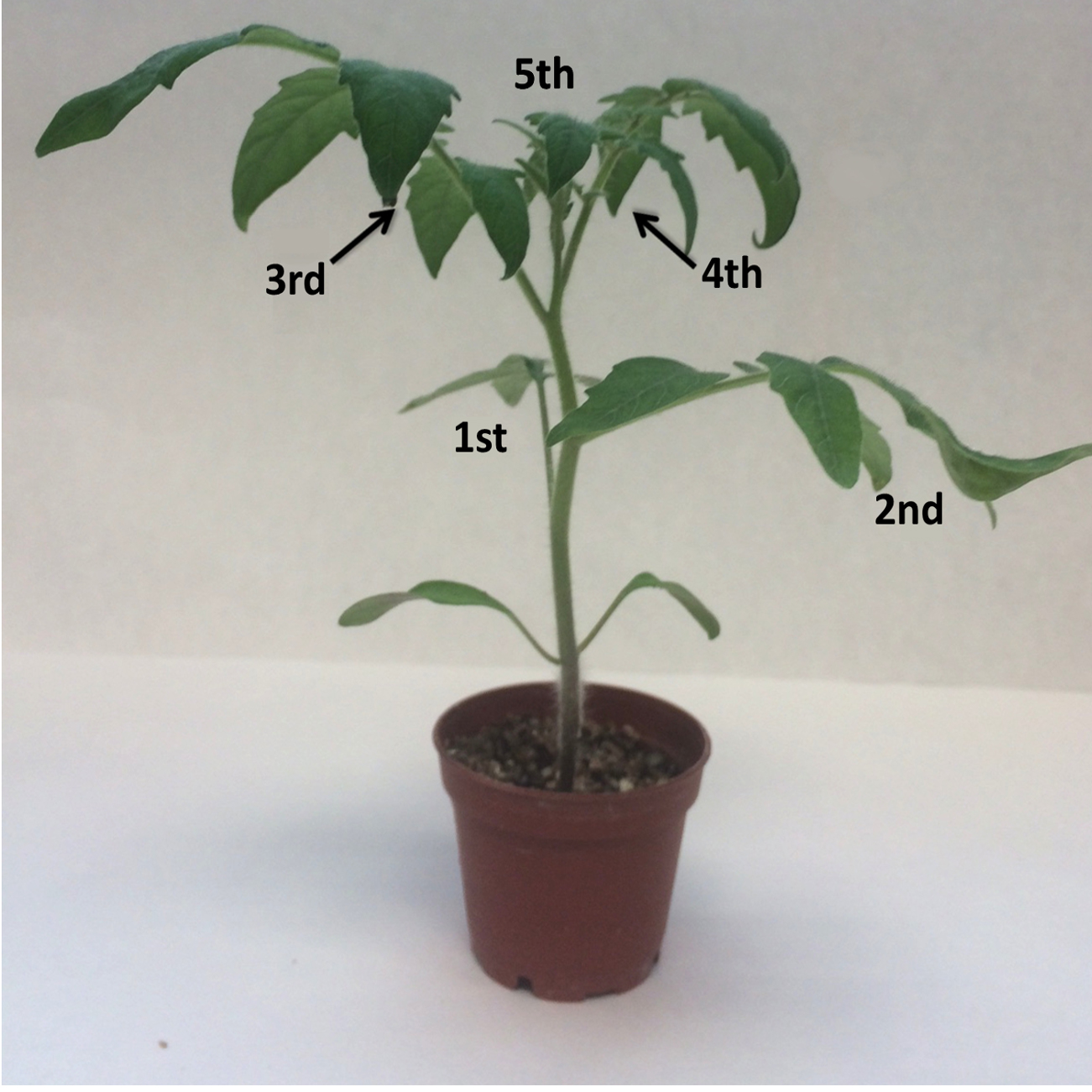
Figure 3. Tomato plant with five true leaves. The arrows indicate the 3rd and 4th true leaf of tomato plants collected for putrescine quantification.
- Putrescine quantification is realized following the protocol of Sanchez-Lopez et al. (2009) by ion pair LC coupled with electrospray tandem mass spectrometry.
Data analysis
Statistical analysis is carried out using a one-way analysis of variance in the Statgraphics-plus software of Windows V.5 (Statistical Graphics Corp., Rockville, MD, USA). The putrescine content means are calculated and expressed with standard errors and compared using a Fisher’s least-significant difference test at the 95% confidence interval. The experiment is repeated three times.
Notes
Fernández-Crespo et al. (2015) demonstrated that tomato plants grown with nutrient solution containing NH4+ 5 mM as a solely N source displayed high putrescine content compared with control plants, to which N was provided as NO3- form [(KNO3 (4 mM) and Ca(NO3)2 (5 mM)]. Putrescine reduction (35.3%) by inhibitors application was tested in tomato plants grown with (NH4)2SO4 as N source.
Recipes
- Nutrient solution
0.33 g/L (NH4)2SO4
0.35 g/L K2SO4
0.07 ml/L H3PO4
0.04 g/L MgSO4·7H2O
0.54 g/L CaSO4·2H2O
2.86 mg/L H3BO3
2.2 mg/L ZnSO4·7H2O
0.11 mg/L CuSO4·5H2O
0.15 mg/L MnSO4
0.09 mg/L MoO3
6.7 mg/L sequestrene (6% Fe)
217 mg/L MES sodium salt
Adjust pH to 6.0 with 1 mM KOH - Inhibitors mix
DL-α-(Difluoromethyl)arginine DFMA (2 mM)
DL-α-(Difluoromethyl)ornithine hydrochloride DFMO (5 mM)
Both compounds were dissolved in distilled water.
Note: Both solutions (Nutrient solution and Inhibitors mix) do not need to be sterilized.
Acknowledgments
The work was supported by a grant from the Spanish Ministry of Science and Innovation (AGL2013-49023-C-2-R). This protocol has been modified from Mochou et al. (2008).
References
- Fallon, K. M. and Phillips, R. (1988). Polyamines in relation to growth in carrot cell cultures. Plant Physiol 88(1): 224-227.
- Fernandez-Crespo, E., Scalschi, L., Llorens, E., Garcia-Agustin, P. and Camanes, G. (2015). NH4+ protects tomato plants against Pseudomonas syringae by activation of systemic acquired acclimation. J Exp Bot 66(21): 6777-6790.
- Moschou, P. N., Paschalidis, K. A., Delis, I. D., Andriopoulou, A. H., Lagiotis, G. D., Yakoumakis, D. I. and Roubelakis-Angelakis, K. A. (2008). Spermidine exodus and oxidation in the apoplast induced by abiotic stress is responsible for H2O2 signatures that direct tolerance responses in tobacco. Plant Cell 20(6): 1708-1724.
- Perez-Amador, M. A., Leon, J., Green, P. J. and Carbonell, J. (2002). Induction of the arginine decarboxylase ADC2 gene provides evidence for the involvement of polyamines in the wound response in Arabidopsis. Plant Physiol 130(3): 1454-1463.
- Sanchez-Lopez, J., Camanes, G., Flors, V., Vicent, C., Pastor, V., Vicedo, B., Cerezo, M. and Garcia-Agustin, P. (2009). Underivatized polyamine analysis in plant samples by ion pair LC coupled with electrospray tandem mass spectrometry. Plant Physiol Biochem 47(7): 592-598.
- Stes, E., Biondi, S., Holsters, M. and Vereecke, D. (2011). Bacterial and plant signal integration via D3-type cyclins enhances symptom development in the Arabidopsis-Rhodococcus fascians interaction. Plant Physiol 156(2): 712-725.
- Tiburcio, A. F., Altabella, T., Bitrian, M. and Alcazar, R. (2014). The roles of polyamines during the lifespan of plants: from development to stress. Planta 240(1): 1-18.
- Walters D. (2003). Resistance to plant pathogens: possible roles for free polyamines and polyamine catabolism. New Phytol 159: 109-115.
Article Information
Copyright
© 2016 The Authors; exclusive licensee Bio-protocol LLC.
How to cite
Fernández-Crespo, E., González-Hernández, A. I., Scalschi, L., Llorens, E., García-Agustín, P. and Camañes, G. (2016). Putrescine Biosynthesis Inhibition in Tomato by DFMA and DFMO Treatment. Bio-protocol 6(21): e1987. DOI: 10.21769/BioProtoc.1987.
Category
Plant Science > Plant biochemistry > Other compound
Biochemistry > Protein > Activity
Biochemistry > Other compound > Ion > Nitrogen
Do you have any questions about this protocol?
Post your question to gather feedback from the community. We will also invite the authors of this article to respond.
Share
Bluesky
X
Copy link




